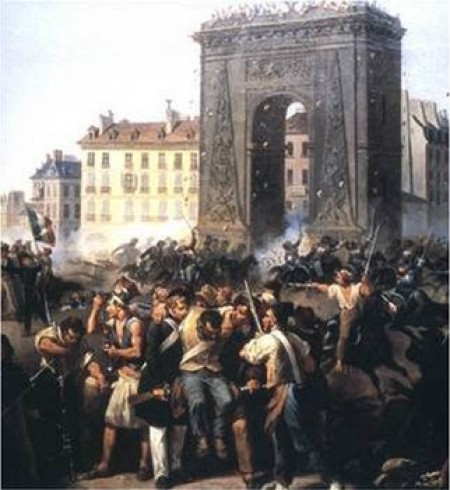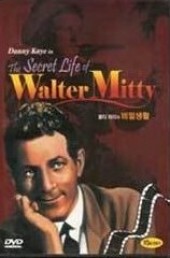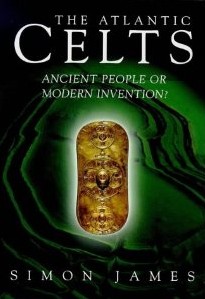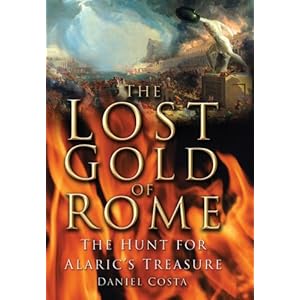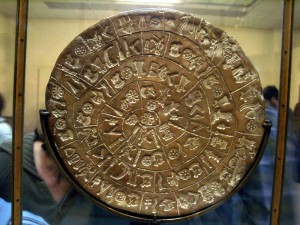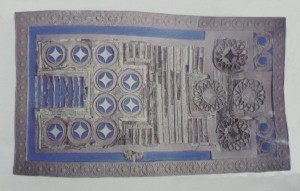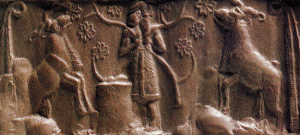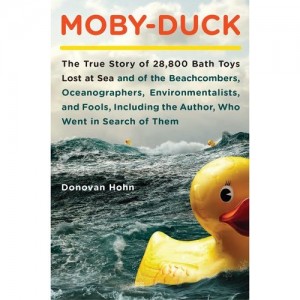 Moby-Duck (2011) by Donovan Hohn
Moby-Duck (2011) by Donovan Hohn
They were toys destined only to bob up and down in nothing larger than a child’s bath – but so far they have floated halfway around the world.
The ducks began life in a Chinese factory and were being shipped to the US from Hong Kong when three 40ft containers fell into the Pacific during a storm on January 29th 1992. Two thirds of them floated south through the tropics, landing months later on the shores of Indonesia, Australia and South America. But 10,000 headed north and by the end of the year were off Alaska and heading back westwards. It took three years for the ducks to circle east to Japan, past the original drop site and then back to Alaska on a current known as the North Pacific Gyre, before continuing north towards the Arctic.
Since then they have travelled 17,000 miles, floating over the site where the Titanic sank, landing in Hawaii and even spending years frozen in an Arctic ice pack.
Heading for Britain, they were soon to be spotted on beaches in South-West England.
The toys have helped researchers to chart the great ocean currents because when they are spotted on the shore they are much more likely to be reported to the authorities than the floats which scientists normally use. There is still much to be learnt about ocean currents.
Because the toys are made of durable plastic and are sealed watertight, they have been able to survive years adrift at the mercy of wind and current..
